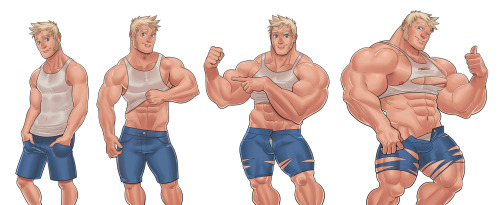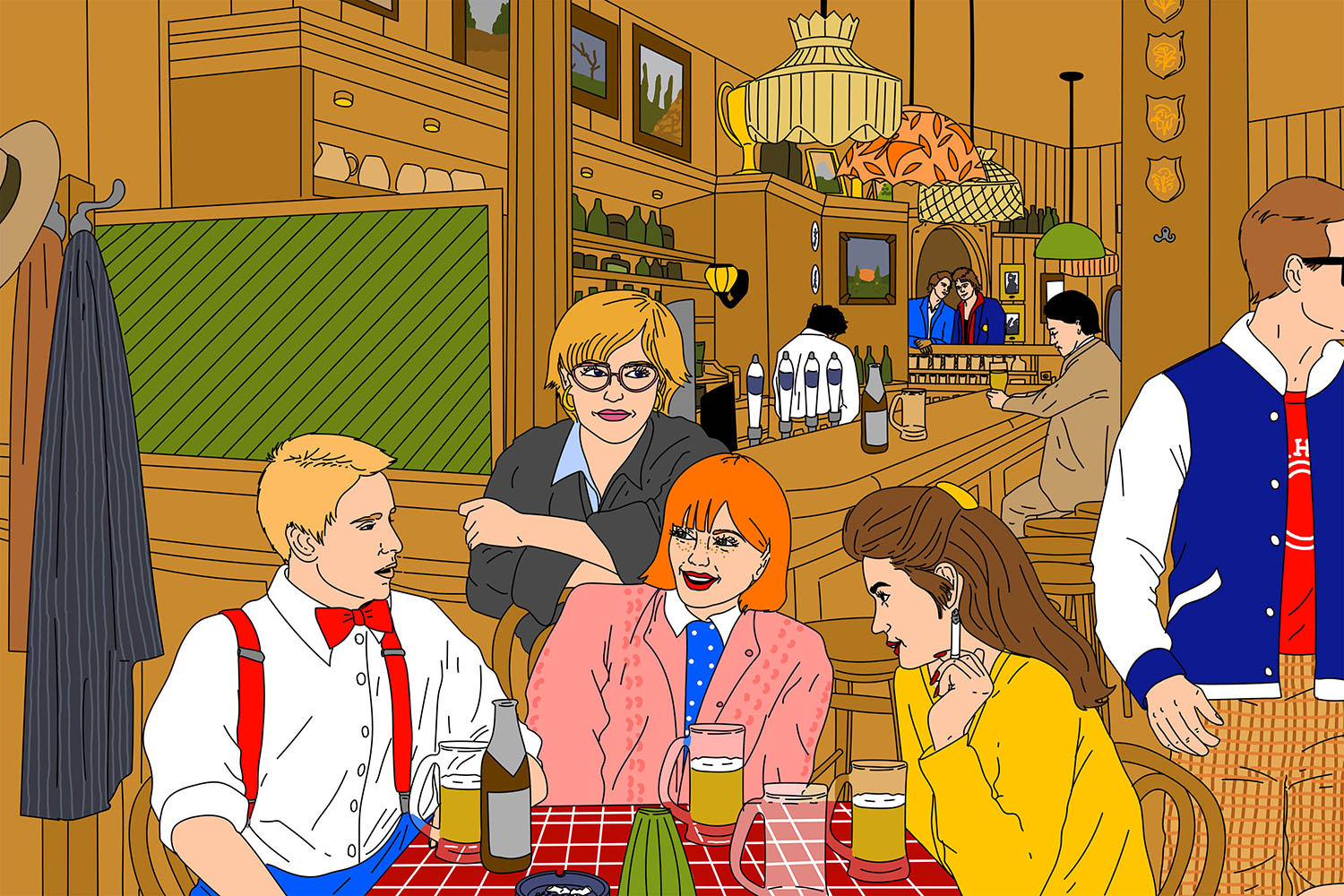

It is reasonable to conclude that gangs turned teens into people more likely to commit violent crimes.įraternity culture has been linked to the problem of sexual assault on college campuses, to recite a recent headline almost word for word. Gang members were found in one study to commit three times as many serious and violent offenses as non-gang youth. Still, gang culture has been linked to the violence problem. Violent crimes in which the urban victim identified the offender as a gang member peaked in 1996 at 10 percent of all violent crimes, according to Bureau of Justice Statistics. But the same was true of gangs and urban violence in the 1990s. Sexual violence includes “unwanted sexual contact” “non-contact unwanted sexual experiences” “alcohol/drug-facilitated penetration of a victim” and “non-physically forced penetration which occurs after a person is pressured verbally or through intimidation or misuse of authority to consent or acquiesce.”įraternity men are not responsible for all, or probably not even most, of the sexual violence on college campuses these days. But forcible rape is not the totality of sexual violence, according to the Center for Disease Control’s National Center for Injury Prevention and Control and the Division of Violence Prevention. And yet, these calls are tuned by data and logic.įive offenses are considered violent crimes in the FBI’s Uniform Crime Report Program: murder, non-negligent manslaughter, forcible rape, robbery, and aggravated assault. Perhaps they would extract from the approach to the fraternity: efforts focused on prevention and education, empathy for the accused, factoring in substance abuse, recognizing the causal complexity of human violence.Ī call to bring together these experts may sound as outrageous as a call to conceptually bring together the gang and the fraternity.

But if experts on gang violence and sexual violence came together to extract the most effective policies and ideas from both, what lessons would they learn? Perhaps they would extract from the approach to the gang: the intense political will, the recognition of the crisis, the billions in public resources, the aggressiveness of investigators, the absolute refusal to blame the victims of violence, the centering of the victim. That is not to suggest that Americans should treat fraternities the same way they treat gangs right now any more than they should treat gangs the way they treat fraternities right now. What if Americans looked at them similarly? What if Americans treated them similarly? What if Americans treated their victims similarly? But Americans stereotype the gang and fraternity differently and treat them differently and rationalize their violence differently and police them differently. The fraternity may be as frequently violent as the “savage gang MS-13,” as President Donald Trump called it in his State of the Union Address in January to spook fearful Americans into tough immigration policies. If sexual violence is a violent crime, then the fraternity of today may be committing as many violent crimes as the gang of the 1990s that spooked fearful Americans into tough-on-crime policies. Collegiate America may be as dangerous for women as urban America. The fraternity may be as violent as the gang. My timeworn mind remains a split screen, seeing the fraternity from the same vantage point I see the gang. At these campus spectacles, my mind became a split screen of the past and the present. The before contrasted vividly again with the after: the excitable energy of the sparkling new brothers when they came out each year to the deafening cheers of their potential victims, especially in sororities. The rumors of beatings and sexual assaults overwhelmed me like the worn-down bodies of pledges inching around campus unclothed in hazing. The same feeling shot within me five years later in 2001 when I thought about joining a college fraternity. The striking contrast shot at my core of authenticity, the insincerity of the punch-hug, of the stomp-smile, murdering my thoughts of joining a crew. Through the daylighted chain, I watched scowls and punches and stomps engulf the uninitiated teen-a stoppage, then an awkward transition into hugs, handshakes, and smiles.

The grounds of the initiation beckoned: a high-rise chain link fence, enclosing two basketball courts. Leaves danced with the wind around our feet, wafting an eerie feeling in my 14-year-old black body. My friend Cliff and I arrived at a park not close from my home in Jamaica, Queens.
Super health club control the fratboys full#
When I thought about locking up with a crew in 1996, I wanted to see a full initiation first, not parts I stumbled upon over the years.


 0 kommentar(er)
0 kommentar(er)
